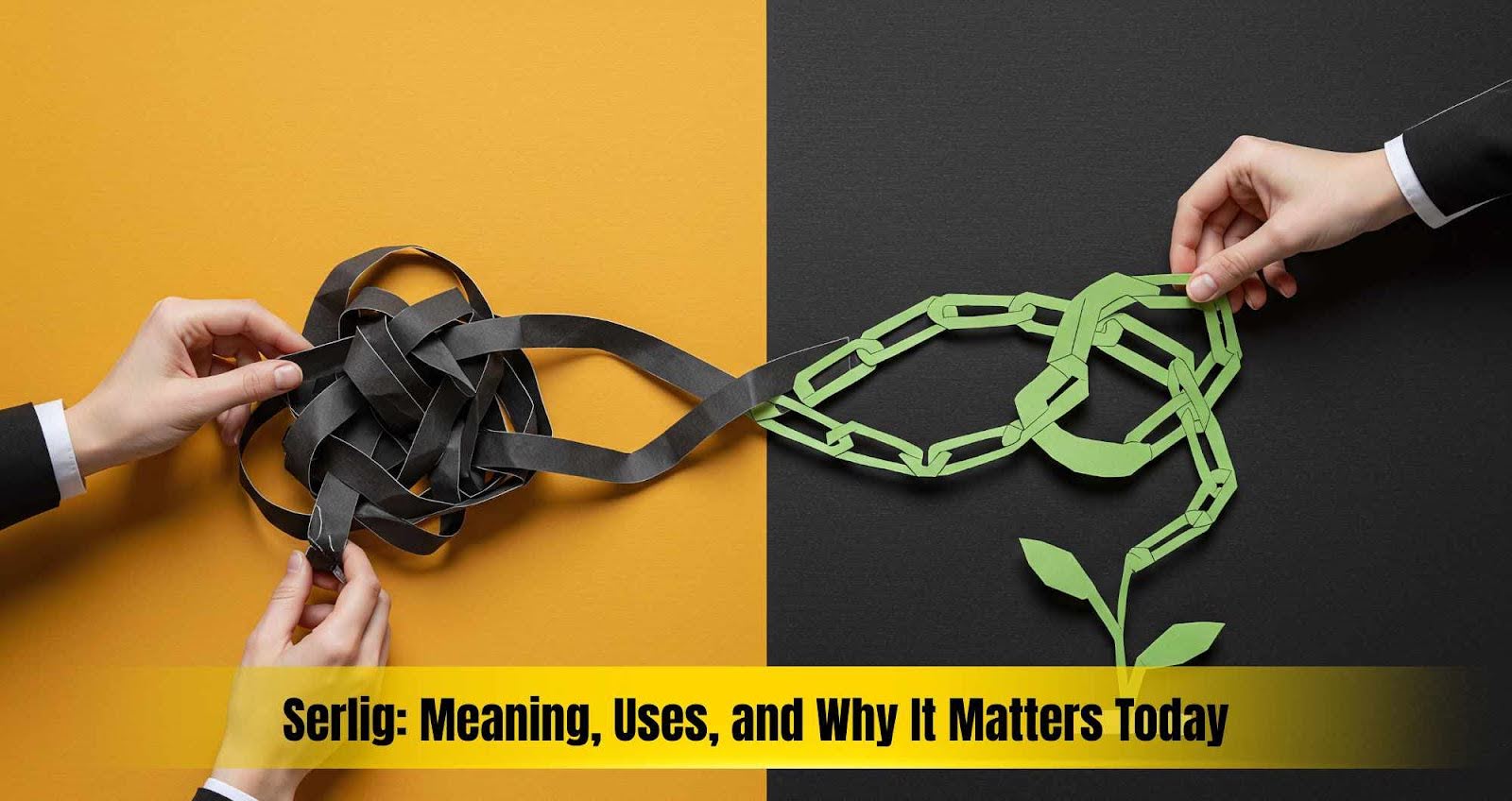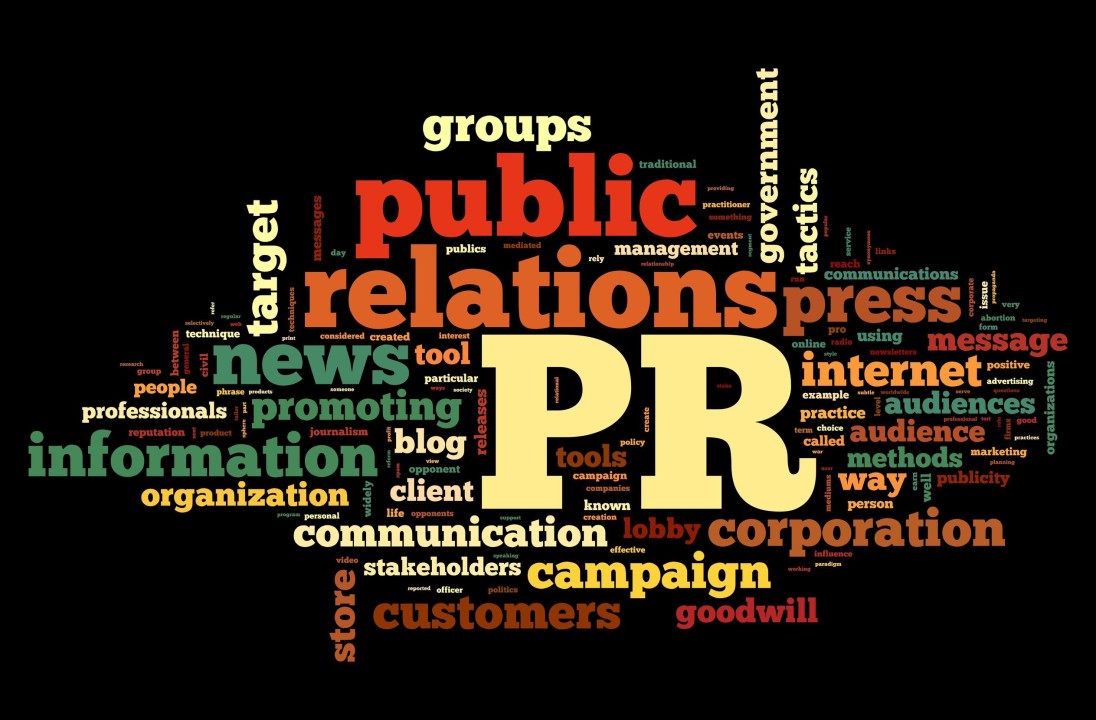In a world that thrives on innovation and adaptability, the term “serlig” has emerged as a powerful concept. But what exactly does serlig mean? As we navigate through rapid changes in technology, business practices, and personal development, understanding this term is more crucial than ever. Serlig encapsulates an approach to flexibility and resilience that can transform industries and individual lives alike.
This blog post will unravel the layers of serlig—its definition, origins, key characteristics, and relevance in today’s fast-paced environment. Whether you’re a business leader seeking new strategies or an individual aiming for personal growth, grasping the essence of serlig could provide you with valuable insights. Let’s dive deep into this fascinating topic and discover why it matters now more than ever.
What Is Serlig? A Clear Definition and Overview
Serlig is a term that embodies adaptability, resilience, and innovation. It refers to a mindset or approach that enables individuals and organizations to respond effectively to changing circumstances. In an era where unpredictability is the norm, serlig has become essential for navigating complexities in various domains.
At its core, serlig emphasizes flexibility. This quality allows people to pivot quickly when faced with challenges or opportunities. Instead of adhering strictly to traditional methods, those who embrace serlig are open to exploring new pathways and solutions.
Moreover, serlig aligns closely with concepts like growth mindset and continuous improvement. It encourages ongoing learning and adaptation rather than settling into complacency. The focus shifts from merely surviving change to thriving through it.
In practice, adopting a serlig perspective can lead to enhanced creativity and problem-solving capabilities. Individuals learn not only how to cope but also how to leverage uncertainties for advantageous outcomes.
Understanding what serlig represents sets the stage for deeper exploration into its origins and applications across different fields—whether in business strategies or personal development journeys.
The Origins and Evolution of the Term Serlig
The term “serlig” traces its roots back to ancient cultures, where it was used in various contexts. Initially, it represented a concept of balance and harmony within communities. This foundational meaning laid the groundwork for how serlig would evolve over time.
As societies progressed, so did the interpretation of serlig. It began to encompass ideas related to adaptability and resilience. People recognized that maintaining balance amidst change was crucial for survival and growth. This shift highlighted the importance of flexibility in both personal lives and societal structures.
In the modern era, particularly during the industrial revolution, serlig took on new dimensions. The fast-paced changes demanded innovative thinking and rapid adaptation from individuals and organizations alike. Hence, serlig became synonymous with strategic agility in business practices.
With globalization came yet another evolution of the term. Serlig now embodies cross-cultural collaboration as diverse perspectives merge to foster creativity and innovation across borders. This interconnectedness has further enriched its definition.
Today, serlig continues to adapt as new challenges arise globally—from technological advancements to environmental issues. Its relevance persists across various fields such as education, business strategy, mental health, and more—showing just how essential this concept remains in our rapidly changing world.
Key Characteristics That Define Serlig Today
Serlig embodies a blend of adaptability, innovation, and resilience. These characteristics make it relevant in today’s fast-paced world. Adaptability allows individuals and organizations to pivot effectively when faced with unforeseen challenges or changing environments. This flexibility is essential for success in various fields.
Innovation is another core characteristic of serlig. It drives the creation of new ideas, products, and services that meet evolving needs. Embracing innovative thinking encourages creativity across all sectors, promoting improvements that push boundaries.
Resilience plays a crucial role as well. It refers to the ability to recover quickly from setbacks while maintaining focus on long-term goals. In a landscape marked by constant disruption, resilience helps both people and businesses navigate obstacles without losing momentum.
Collaboration is equally significant within the framework of serlig. Working together fosters diverse perspectives that enrich problem-solving processes. By pooling resources and knowledge, teams can achieve far more than individuals working alone.
An emphasis on continuous learning defines serlig today. The pursuit of knowledge ensures that skills remain sharp and adaptable to change. Individuals committed to lifelong learning are better positioned to seize opportunities for growth in their personal and professional lives.
Why Serlig Matters in Modern Innovation and Growth
Serlig plays a pivotal role in fostering modern innovation. It embodies the principles necessary for creative thinking and problem-solving. In an era where change is constant, organizations that embrace serlig can navigate challenges more effectively. This adaptability is crucial in staying ahead of competitors.
Furthermore, serlig encourages collaboration across diverse teams. When individuals come together with varying perspectives, they generate innovative ideas that drive growth. This cross-pollination of thoughts leads to solutions that may not have emerged in siloed environments.
Companies embracing serlig are often more resilient during economic fluctuations. They swiftly pivot their strategies based on market demands or emerging technologies. Such agility ensures they remain relevant and profitable regardless of external pressures.
In addition to organizational benefits, serlig impacts individual creativity and productivity. Employees who understand its importance are empowered to think outside the box and take calculated risks. This mindset enhances personal development while contributing positively to overall business goals.
As industries evolve rapidly due to technological advancements, the relevance of serlig becomes increasingly pronounced. Those who integrate these principles into their operations position themselves at the forefront of innovation and sustainable growth opportunities.
Serlig in Business: Driving Adaptability and Strategy
Serlig plays a crucial role in the modern business landscape. It embodies the ability to adapt and thrive amidst constant change. Companies that embrace serlig are often more resilient, ready to pivot when necessary.
Utilizing serlig principles allows businesses to innovate continuously. Instead of sticking strictly to traditional methods, organizations can explore new strategies and technologies. This flexibility fosters creativity among teams, leading to better solutions and products.
Moreover, serlig encourages collaboration across departments. When employees feel empowered by an adaptable framework, they communicate openly and share insights freely. This synergy enhances problem-solving capabilities and strengthens company culture.
Incorporating serlig into strategic planning is vital for long-term success. Businesses that prioritize adaptability can respond swiftly to market shifts or consumer demands without losing momentum. This proactive approach not only protects current assets but also opens doors for future opportunities.
Companies focused on serlig find themselves ahead of competitors who resist change. By embracing this mindset, businesses cultivate a forward-thinking environment where innovation flourishes—ensuring they remain relevant in an ever-evolving marketplace.
How Serlig Influences Personal Development and Mindset
Serlig plays a significant role in shaping personal development and mindset. It encourages individuals to embrace change and uncertainty, fostering resilience. By understanding serlig’s principles, people can cultivate a growth-oriented attitude that enhances their ability to adapt.
The concept of serlig emphasizes self-awareness as the first step towards personal evolution. Individuals learn to identify their strengths and weaknesses, which helps them set realistic goals. This clarity aids in crafting actionable plans for improvement.
Moreover, serlig promotes continuous learning. Embracing new experiences becomes essential as individuals seek knowledge beyond their comfort zones. This commitment enriches one’s perspective and creates opportunities for advancement.
Another key aspect is accountability. Serlig encourages individuals to take ownership of their choices and actions. With this mindset, people become more proactive rather than reactive in addressing challenges.
Adopting serlig fosters a supportive community among like-minded individuals who inspire each other’s growth journeys. Sharing insights with others strengthens bonds while reinforcing positive habits that lead to success in various life aspects.
Real-World Examples of Serlig in Action
Serlig principles can be observed across various industries and practices today. One notable example is in the tech sector, where companies like Google embrace adaptability through continuous learning and innovation. They encourage employees to experiment with new ideas, which aligns perfectly with the essence of serlig—embracing change to drive progress.
In healthcare, organizations are leveraging serlig by implementing agile methodologies. These allow teams to respond swiftly to emerging challenges such as pandemics or shifts in patient needs. By focusing on flexibility and rapid response strategies, they improve overall patient care while maintaining efficiency.
The education sector also showcases serlig effectively. Educators increasingly adopt blended learning environments that combine traditional methods with digital tools. This approach not only enhances student engagement but also prepares learners for a dynamic workforce that values adaptability and lifelong learning.
Additionally, within personal development frameworks, coaches often integrate serlig concepts into their training programs. They emphasize resilience and growth mindsets as essential traits for achieving personal goals amid changing circumstances.
Businesses embracing sustainability exemplify serlig by adapting their operations toward greener practices. Companies are shifting toward circular economies where resources are reused rather than discarded, demonstrating a commitment to long-term viability rooted in adaptable strategies.
Common Misconceptions About Serlig Explained
Many people misunderstand the term serlig, often associating it with vague concepts or trends lacking substance. One common misconception is that serlig solely refers to a rigid framework or methodology. In reality, it’s more about adaptability and flexibility in various contexts.
Another frequent error is believing that serlig applies only to business environments. While its principles are highly relevant in corporate settings, they also extend to personal development and creative pursuits. People can harness serlig’s insights across diverse fields.
Some individuals think embracing serlig means abandoning traditional methods entirely. This isn’t accurate; instead, it encourages merging conventional strategies with innovative thinking for better outcomes. The goal is not to discard what works but to enhance it through new perspectives.
Additionally, there’s a belief that adopting serlig requires extensive resources or training. However, at its core, implementing serlig principles involves mindset shifts and practical applications that anyone can adopt regardless of their background.
Many assume financial success is the only measure of applying serlig effectively. True achievement encompasses personal growth and resilience alongside professional accomplishments—highlighting the holistic nature of this concept beyond mere profits.
The Future of Serlig: Trends and Predictions
As we look ahead, the future of serlig is poised for significant transformation. Emerging technologies are shaping how this concept will be applied in various fields. The rise of artificial intelligence and machine learning promises to enhance adaptability, a core characteristic of serlig. Businesses will increasingly leverage these tools to foster innovation.
Another trend we can anticipate is the growing emphasis on sustainability within the framework of serlig. Companies and individuals alike are recognizing that adaptability must include environmental considerations.
This shift toward sustainable practices aligns with consumer demand for responsible behavior from brands. Moreover, globalization continues to push the boundaries of what serlig means across cultures.
As people become more interconnected, diverse perspectives enrich our understanding and application of serlig principles. Combining varied insights leads to innovative solutions that address complex challenges.
The integration of mental health awareness into personal development also plays a crucial role in shaping future approaches to serlig. Mindset shifts will prioritize wellbeing alongside professional growth, making it essential for individuals to cultivate resilience as part of their journey.
Educational institutions are likely to incorporate serlig concepts into curricula more prominently. Preparing students for an ever-changing world requires teaching them not just knowledge but also how to adapt effectively in various contexts.
How to Apply Serlig Principles in Your Daily Life
Applying serlig principles in your daily life can lead to significant personal and professional growth. Start by embracing adaptability. Whether at work or in your personal relationships, being open to change allows you to respond effectively to new challenges.
Cultivate a mindset focused on continuous learning. This means seeking out knowledge, whether through reading, online courses, or engaging with others who inspire you.
The more you learn, the better equipped you’ll be to navigate life’s complexities. Another important aspect is collaboration. Seek diverse perspectives when tackling problems or brainstorming ideas.
Working alongside others fosters innovation and often leads to superior outcomes compared to solitary efforts. Set clear goals that align with serlig values of flexibility and resilience.
Break these down into smaller tasks for easier accomplishment, allowing for adjustments as needed along the way.
Practice mindfulness and self-reflection regularly. Taking time each day to assess what worked well and what didn’t helps refine your approach moving forward while keeping you grounded amidst changing circumstances.
By integrating these principles into your daily routine, you harness the essence of serlig—an empowering toolset for navigating both personal journeys and professional landscapes effectively.




